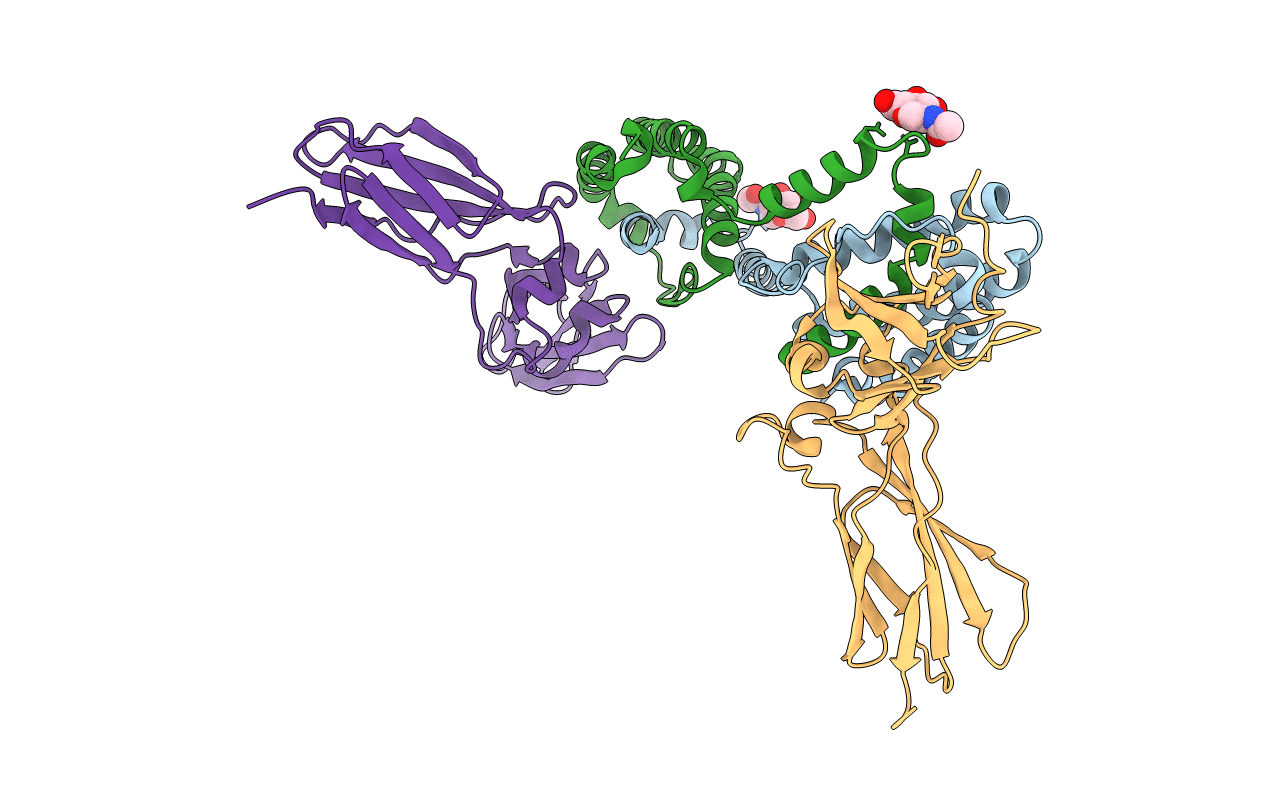
Deposition Date
2002-05-13
Release Date
2002-07-17
Last Version Date
2024-11-06
Entry Detail
PDB ID:
1LQS
Keywords:
Title:
CRYSTAL STRUCTURE OF HUMAN CYTOMEGALOVIRUS IL-10 BOUND TO SOLUBLE HUMAN IL-10R1
Biological Source:
Source Organism:
Homo sapiens (Taxon ID: 9606)
Human herpesvirus 5 (Taxon ID: 10359)
Human herpesvirus 5 (Taxon ID: 10359)
Host Organism:
Method Details:
Experimental Method:
Resolution:
2.70 Å
R-Value Free:
0.29
R-Value Work:
0.24
Space Group:
C 1 2 1


